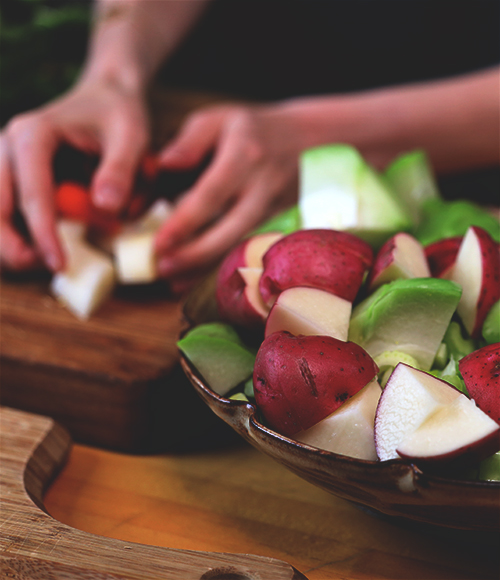Yet Another Reason to Avoid Baby Food Pouches

Yes, pouches are a very convenient on-the-go snack that contain healthy ingredients. So why are there many feeding specialists cautioning us against them? To put it plainly, this convenient food option robs children from the opportunity of learning about real foods and the critical areas of feeding development outlined in this article.
Potential Harmful Ingredients:
Rare but possible, pouches could contain harmful ingredients or even toxins. The New York Times recently reported, How Poisoned Applesauce Found Its Way to Kids. At least 468 children in the United States had significant levels of lead in their blood after consuming applesauce pouches. The problem was narrowed down to the cinnamon in the sauce. There’s a problem in the spice industry where chromate powder is used to sort help make the color pop. The truth is, we don’t ever really know what is inside factory made products because there are flaws in how imported foods are regulated by the FDA. In this specific case, the facility where this applesauce was made was not visited by the FDA for the last five years.
Snacking vs. Eating Meals:
Snacking throughout the day can lead kids into not eating at their mealtimes, which is when children are more likely to consume food with higher nutritional value, not to mention when they can connect socially with their family. When children eat snacks to calm down, they are also learning how to eat with their emotions rather than listening to their physiological needs. That “easy fix” to avoid the temper tantrum earlier in the day can backfire when your child is anxious or sad and won’t eat at the dinner table.
Oral Development:
The mechanism of sucking from a pouch does not allow the child to practice some of the many oral motor skills they need to learn to chew food. Babies first learn how to suck when drinking milk using a front-to-back movement of the tongue. When babies begin solids, they start to learn how to move their tongue side to side to push food to their lateral sides of their gums to chew. If the child is going to eat a purée, it is more beneficial to squeeze the pouch in a bowl so the child can work on spoon-feeding. With this method, the baby is moving the food from the spoon around the mouth and moving it to the back to swallow it. In addition, a pouch does not help with the skill of straw drinking, which some mistakingly believe, because the food is pushed into the mouth and little lip closure or sucking is needed.
Sensory Development:
The primary ingredient in most pouches is a sweet purée, typically made of apples. This masks the actual flavor of the fruit or vegetable in the pouch. As a feeding therapist, pouches were often the only way I saw children consume fruit or vegetables in a day. If this is the case, it is preventing them from learning the tastes, flavors and textures of these actual foods.
In Conclusion:
I’m going to express “tough love” here and urge parents to not buy pouches in the first place so the temptation is not there at home. I do not buy bagged popcorn for this reason! You’re still bound to give your child a pouch from time-to-time in this society, but it is tremendously more beneficial for your child to have the whole fruit or vegetable instead, whenever possible.




















Hello!! My name is Kelly
You will learn delicious and healthy recipes that you will want to share with your family! As a feeding therapist, I will also give you tips on how to adapt foods for younger eaters, while including gluten- and dairy-free, and plant-based options.